A young woman recently approached me as I stood outside Trader Joe’s on the corner of 93rd Street and Columbus Avenue in Manhattan. “Excuse me,” she said, “I’m visiting from the UK and I’m just wondering if there’s anything worth seeing around here.”
This is not an unusual occurrence. It’s always tourist season in New York. People come for the cherry blossoms in Central Park, for the magic of the Rockefeller Center Christmas tree and for the vague hope of running into Timothée Chalamet at a downtown brunch place. They even come in the sweltering heat of summer when I, personally, would rather be anywhere else – ideally somewhere without the pungent smell of hot garbage and misplaced ambition.
But what struck me that morning was where this particular encounter took place. The Upper West Side, while perfectly charming in a “has a Duane Reade and emotional stability” kind of way, is not exactly a destination. It’s residential, practical, adult. The public schools are fine. It’s where you move, if you can afford it, once you’ve given up on pretending to enjoy warehouse parties in Bushwick. Sure, the American Museum of Natural History is nearby, but I doubted that a fossil collection and a beautifully preserved taxidermy otter were what this young woman was after.
“What brings you to this neighborhood?” I asked politely. She smiled, then lifted the object of her pilgrimage: a crisp new Trader Joe’s tote bag, price tag still attached, logo blazing red and proud. “Everyone back home wants one,” she said.
Let me back up. For the uninitiated, Trader Joe’s, despite what I naively believed when I first moved to New York in 2020, is not merely a grocery store. It’s a way of life. It’s a belief system. It’s a kind of secular religion with frozen orange chicken as communion. New Yorkers generally fall into two camps: those who speak reverently of the $3.49 pork and ginger soup dumplings that have “literally changed their lives” and those who – actually, I have no idea what the second group eats. Probably sadness. And maybe overpriced soup from Whole Foods.
I’ve long since made peace with the zealotry of local devotees. I’m also not saying I don’t belong to that class of converts. I can neither confirm nor deny that I’ve turned misty-eyed over the return of the butternut squash ravioli. I’ve been more than a spectator in full-blown theological debates over which seasonal candle – or which thick and chunky salsa – is the best.
There are Facebook groups, with membership numbers exceeding the populations of small nations, in which people exchange freezer-hack recipes as though decoding scripture. I know someone who once stood in line for 40 minutes because they had a premonition that the “everything but the bagel” seasoning might sell out. That’s not shopping; it’s prophecy.But what’s new – and frankly a little alarming even for me – is the globalization of this devotion. The Trader Joe’s tote bag has escaped its natural habitat. It’s gone international. I’ve heard it’s being slung over shoulders in Paris, Milan and Tokyo – worn not as a grocery accessory but as a cultural artifact, like an Andy Warhol print… but you can fill it with pre-washed broccoli florets. I saw one in London’s Knightsbridge this summer. And now I was standing opposite a young woman of maybe 20 who should’ve been taking a selfie in the line for lunch at Balthazar or flirting with a dreamy barista in the East Village, but who was instead basking in the smug glow of having scored the ultimate token of nouveau Americana.
Dwelling on all of this, I’ve decided I’ve just got to hand it to the California brand that, for all of its countercultural charm, is actually owned by the multinational discount supermarket Aldi. (Womp, womp.) Trader Joe’s has perfected the art of marketing faux frugality: a corporate giant clad in a Hawaiian shirt and the illusion of moral superiority. It’s capitalism’s coziest costume. Only Trader Joe’s could sell you an aesthetic of thrift while quietly printing money off seasonal hummus.
What really amazes me, though, is the reach of all this. Somehow, a brand with just over 600 stores – and not a single one outside of the United States – has managed to convince people who’ve never set foot in its aisles that its tote bag is the global badge of insider cool. The bag doesn’t just hold groceries, it holds belonging.
Now, sure, you could call this a pathetic indictment of the human condition and further evidence that consumerism is alive and well, but I take a different view. I’m impressed. In a world of tech companies harvesting our data and pharmaceutical companies leveraging our insecurities for profit, Trader Joe’s has managed to build an empire out of whimsy and frozen fish sticks. It doesn’t manipulate us with fear or addiction, just promises us a good deal and a delicious dinner. And if the price of that illusion is $2.99 and standing in a long (but actually quite fast-moving) line at the check-out, then so be it. Maybe – just maybe – this is the most honest hustle in America.
This article was originally published in The Spectator’s November 24, 2025 World edition.



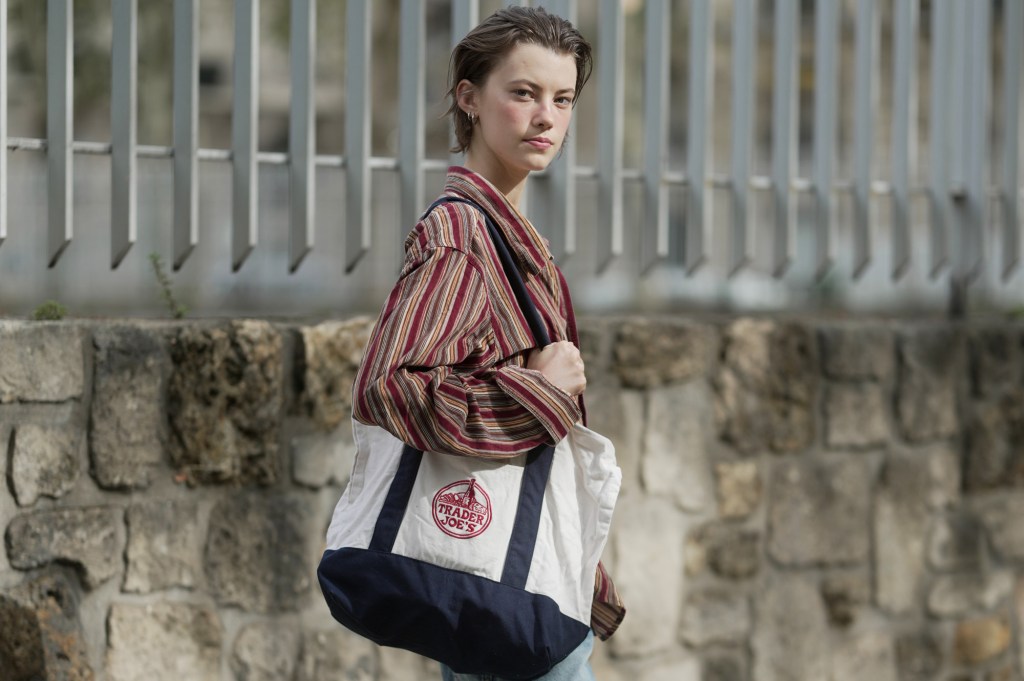









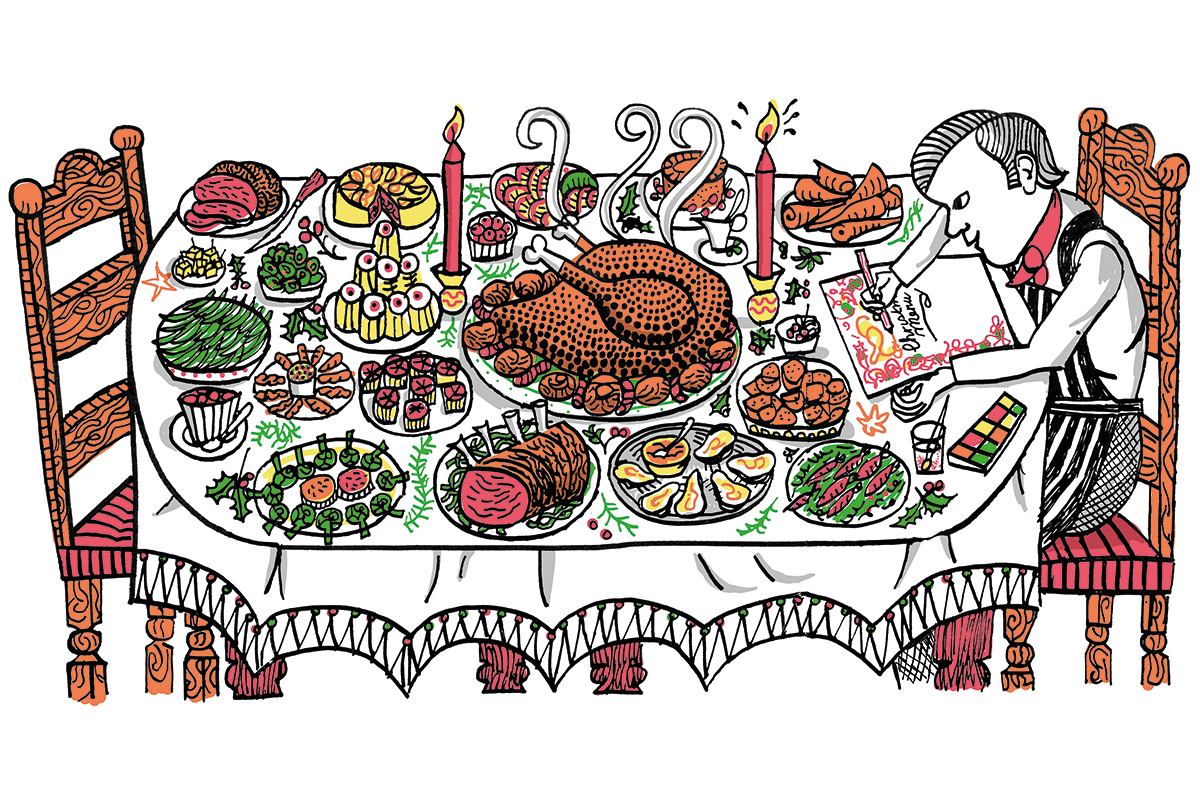

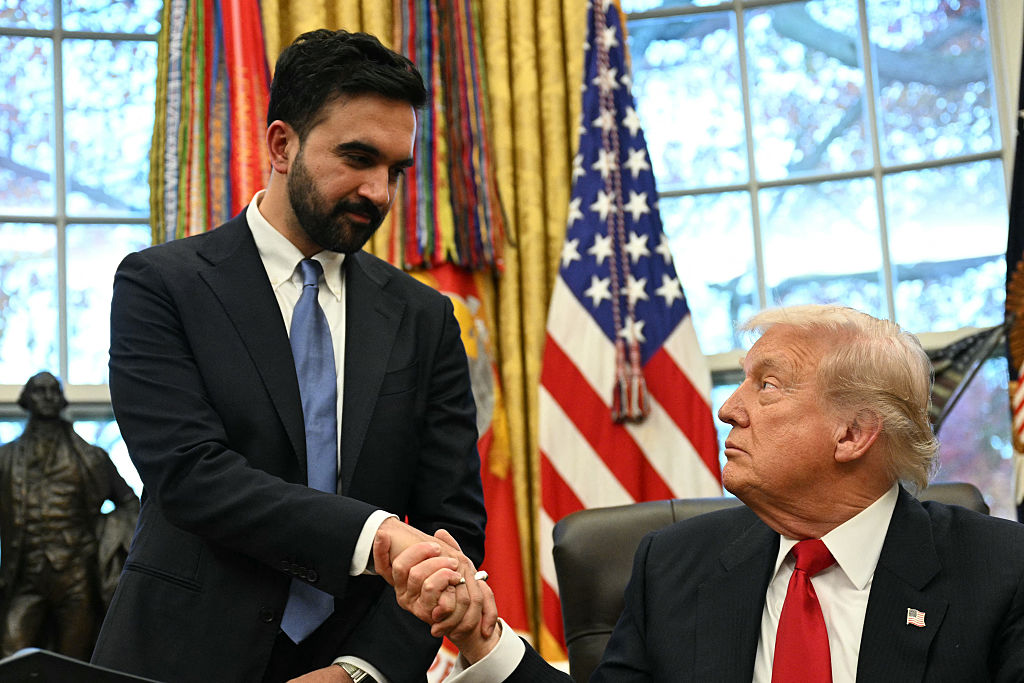

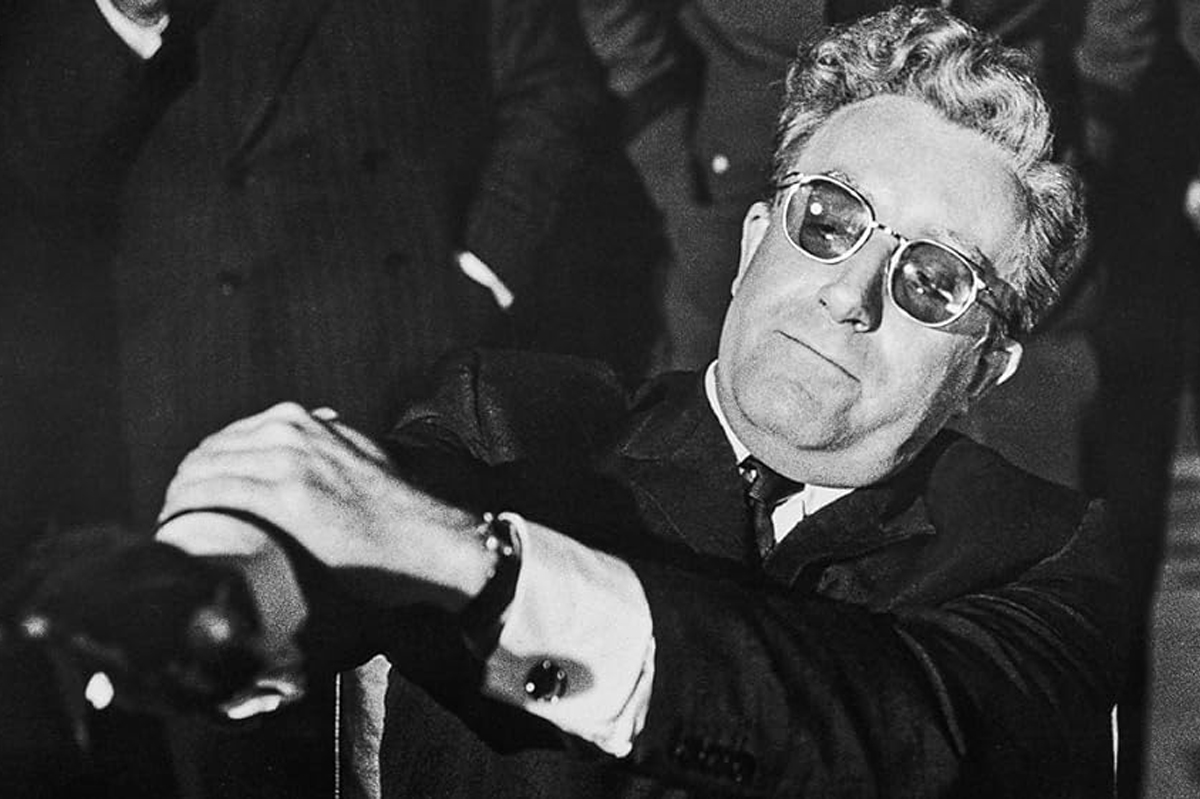
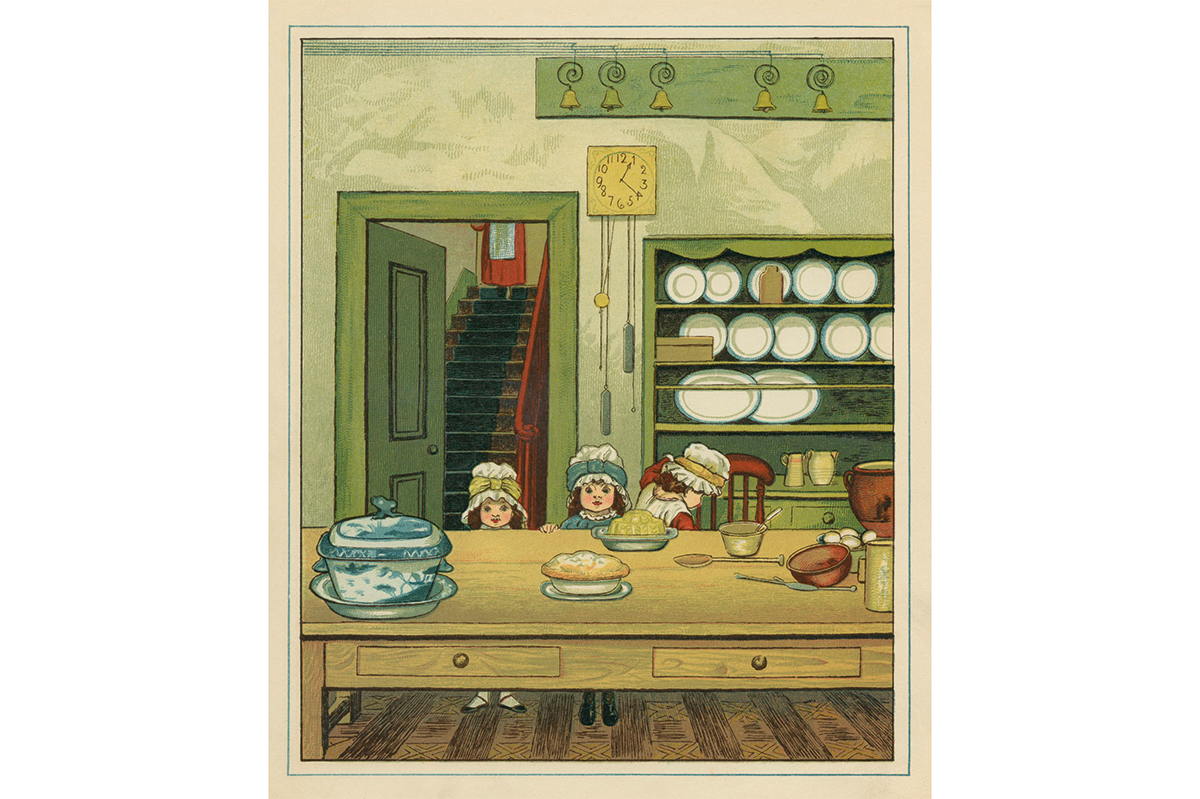







Leave a Reply